Composite bonding vs. porcelain veneers: Which one meets your needs?
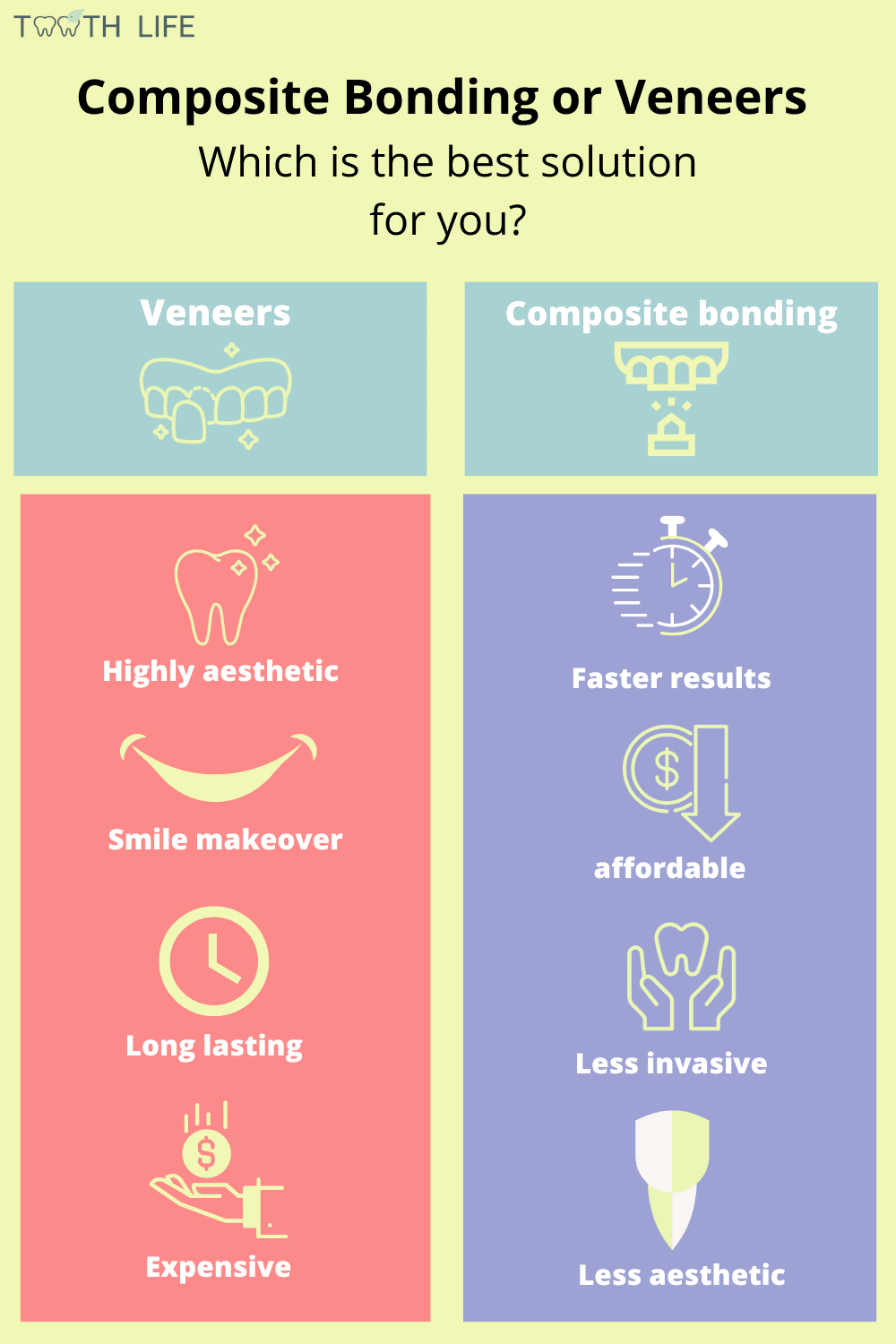 Composite bonding and porcelain veneers are two of the most popular ways to improve the look of your teeth and enhance your smile.
Composite bonding and porcelain veneers are two of the most popular ways to improve the look of your teeth and enhance your smile.
In this article, we’ll break down the key differences between the two options, along with their pros and cons—so you can decide which one is the right fit for your needs.
In this article:
1. What’s the Difference Between Composite Bonding and Veneers?
2. How Are Porcelain Veneers and Composite Bonding Done?
3. When Is Composite Bonding the Right Choice for You?
4. When are Porcelain Veneers the Best Option?
What’s the Difference Between Composite Bonding and Veneers?
Composite bonding and porcelain veneers share a common goal: to improve the appearance of your teeth and give you a better-looking smile. But they differ in several important ways, including:1. Material
Porcelain veneers are made from a strong ceramic material that closely mimics the natural look of teeth, making them a highly cosmetic option that delivers very natural results.
Composite bonding also uses a tooth-colored material that matches your natural shade and can achieve results similar to veneers, but it’s less durable and more likely to stain over time.
2. Technique
Composite bonding is a simpler and more affordable procedure. It’s done directly on your teeth in just one visit, with no lab work needed.
Veneers, on the other hand, are custom-made and require a lab step, which makes the process a little more complex and costly. They typically take two visits to complete.
3. Tooth Preparation
Composite bonding is minimally invasive and often doesn’t require any trimming of the tooth.
Veneers do require removing a thin layer of enamel to ensure a proper fit. However, the preparation is minimal and one of the least invasive options compared to other treatments like crowns.
4. Treatment Reversibility
Composite bonding is reversible and can be reshaped or repaired at any time.
Veneers are not reversible—once they’re placed, there’s no going back. If they become damaged, they usually need to be fully replaced.
How Are Porcelain Veneers and Composite Bonding Done?
Porcelain Veneers
At your first appointment, your dentist will remove a thin layer of enamel—usually around 1 mm. They’ll then take an impression and place temporary veneers to protect your teeth while the permanent ones are being custom-made.
At the second visit, your dentist will remove the temporary veneers and bond the final porcelain veneers onto your teeth.
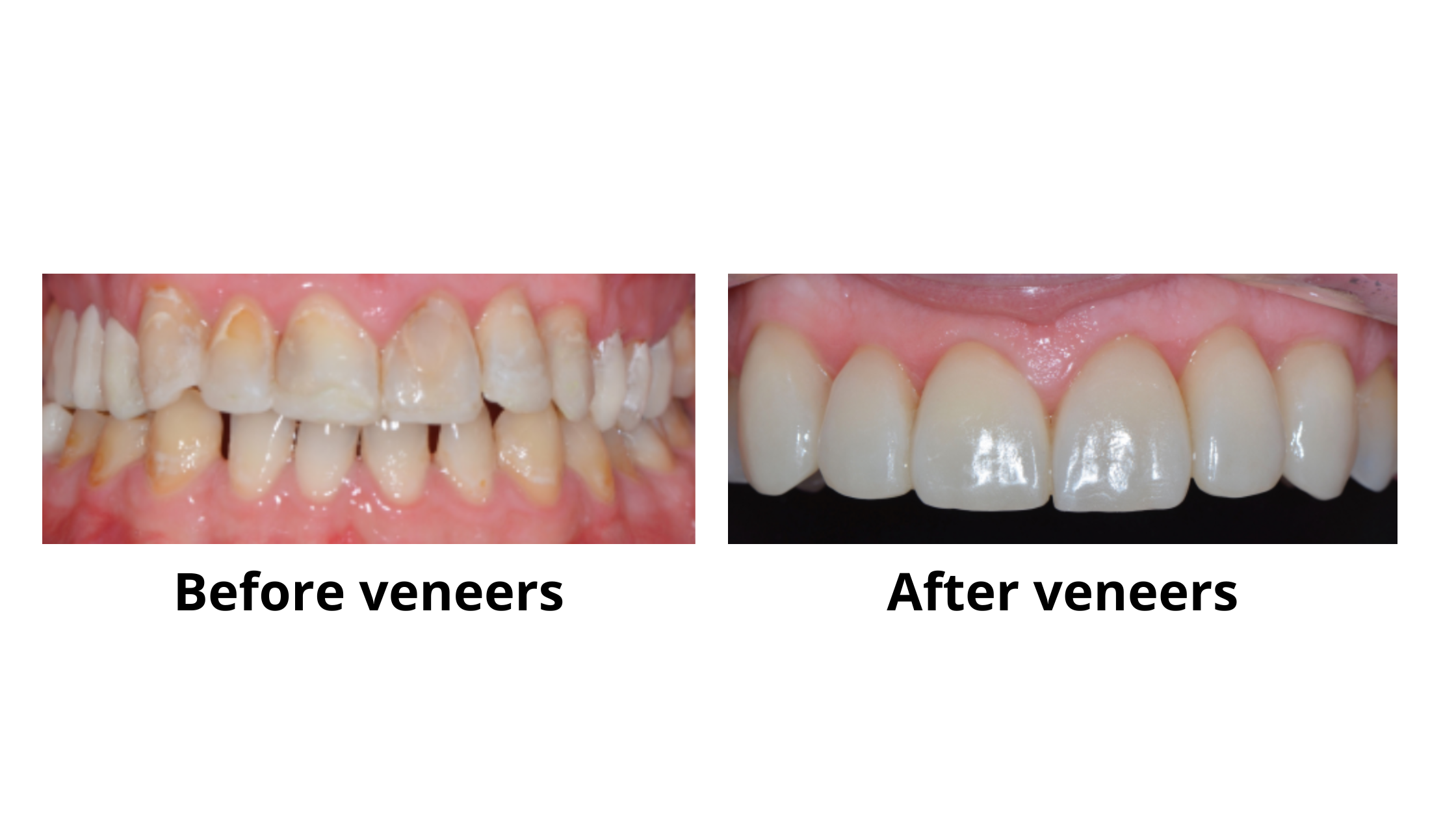
Composite Bonding
The process begins with your dentist choosing a composite shade that closely matches your natural tooth color. Then, the surface of your tooth is gently roughened to help the material bond. The composite is applied and shaped directly onto your teeth.
Once the desired look is achieved, the restoration is polished for a smooth, shiny finish.
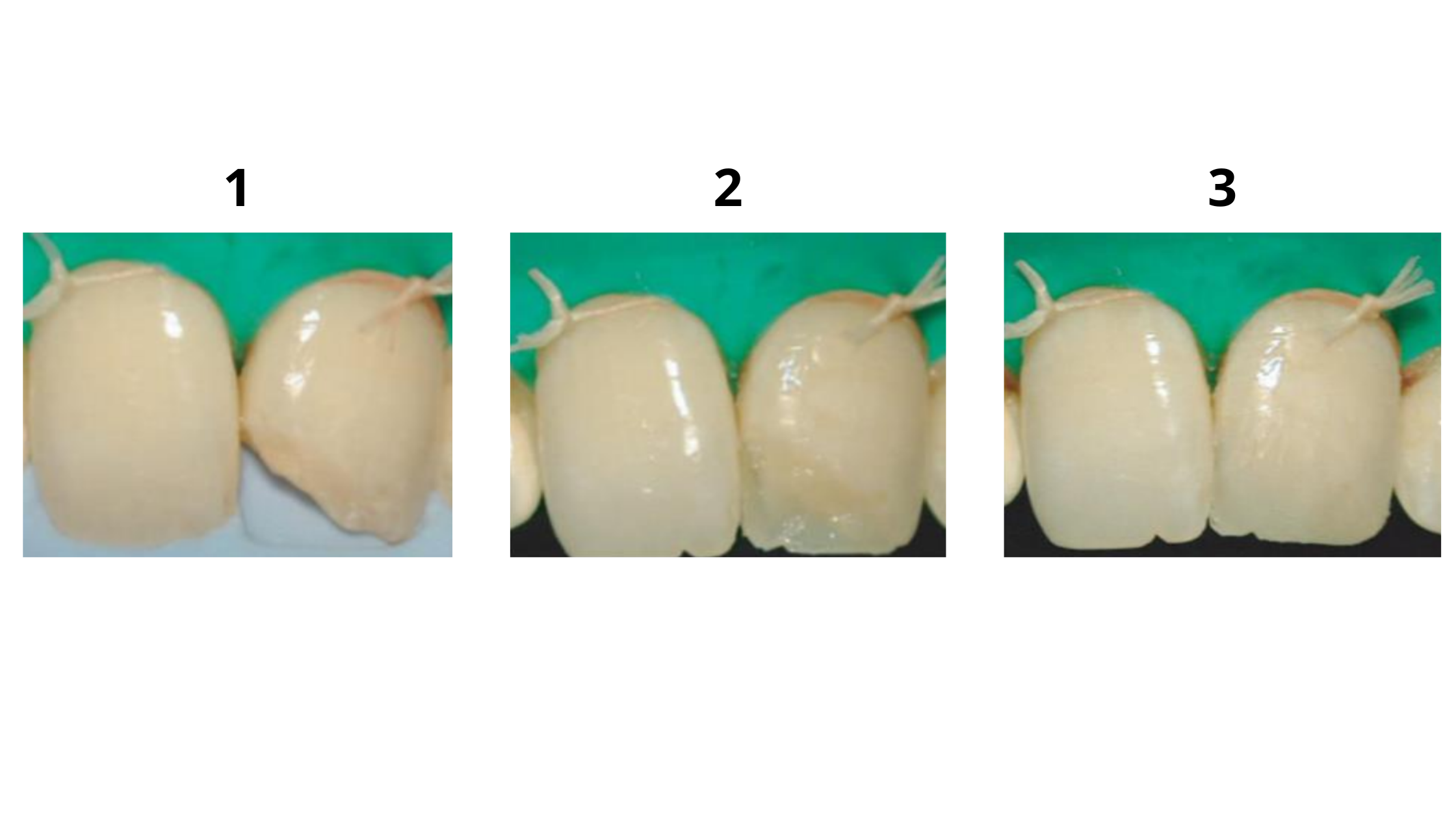
When Is Composite Bonding the Right Choice for You?
Composite bonding can address many dental concerns. It can be used to repair defects—such as decay, chips, or fractures—or, like veneers, completely cover the front surface of your teeth.Here's where composite can be a good option:
1. If You’re Looking for an Affordable Option
Compared to porcelain veneers, composite bonding is a more budget-friendly solution for improving minor cosmetic issues.
2. If You Want to Fix Minor Damage
Composite bonding is great for repairing small defects like chips, cracks, or worn edges. It’s also commonly used as a filling material for cavities.
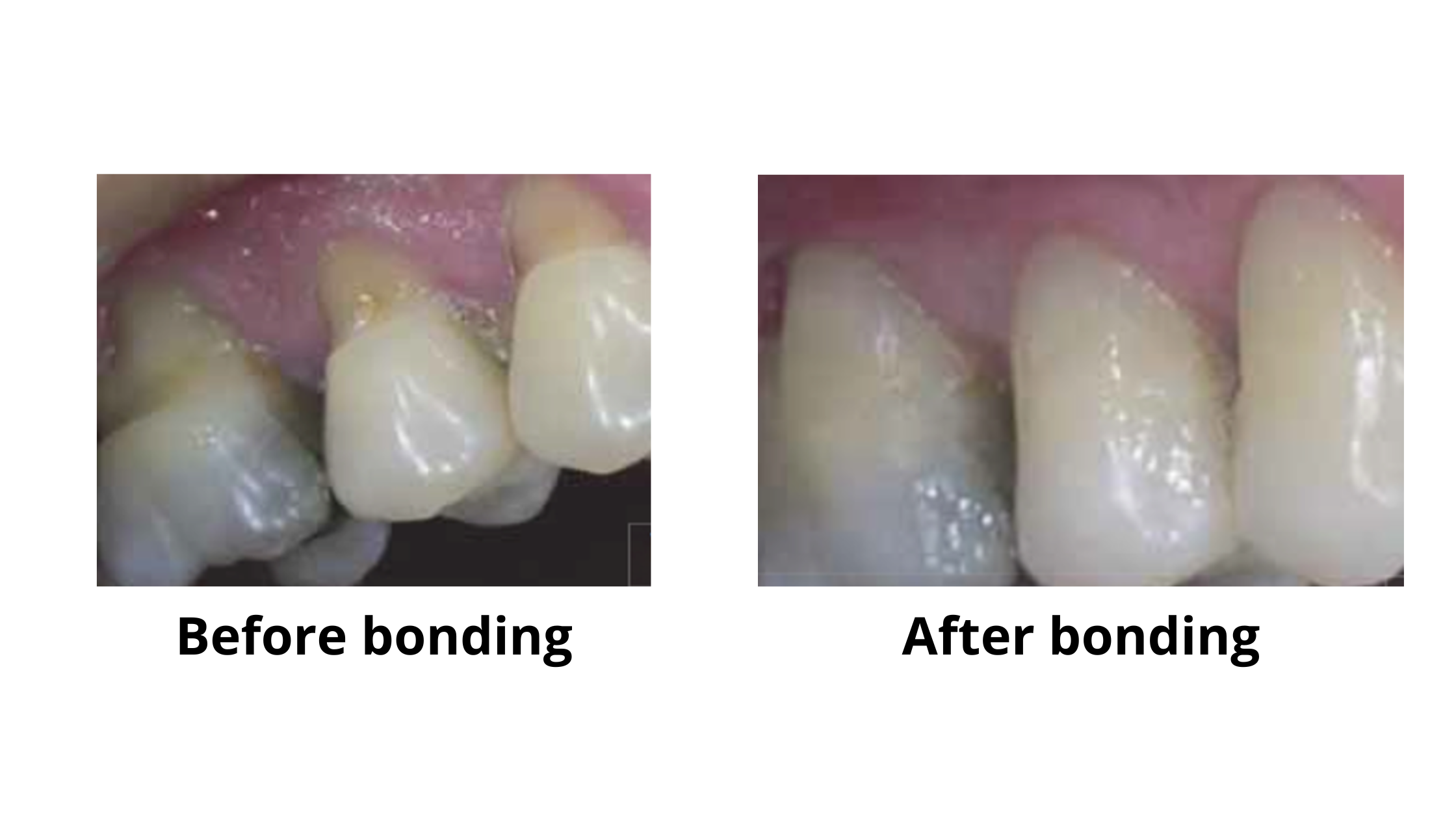
3. If You Want to Close Gaps Between Teeth
Whether you have small gaps, black triangles, or diastemas, composite bonding is an excellent option to fill these spaces.
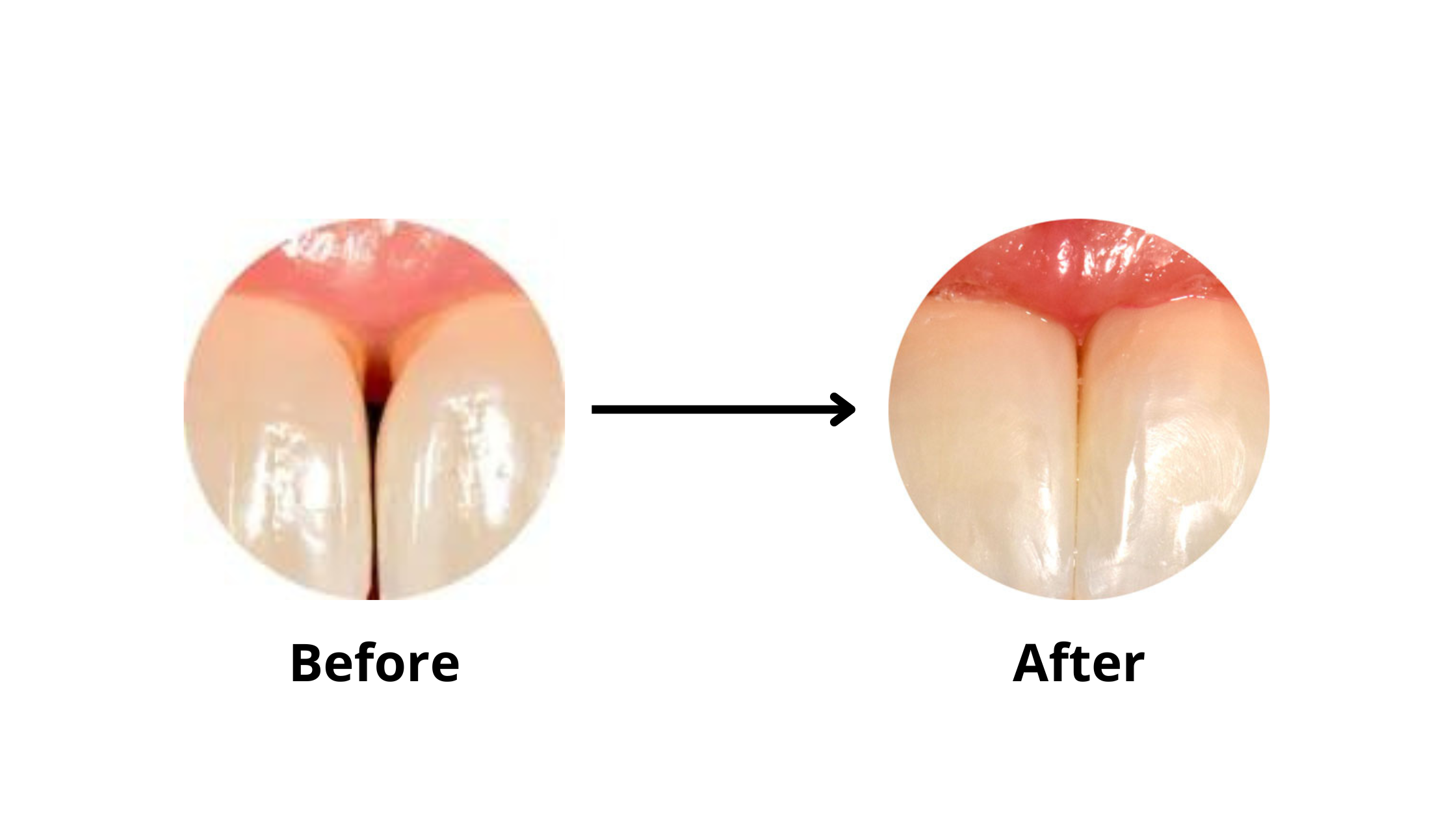
When are Porcelain Veneers the Best Option?
Porcelain veneers can be another alternative to composite bonding, especially if:- You are looking for high esthetic results: Porcelain veneers have superior esthetic qualities compared to composite bonding due to their translucency, color stability, and natural appearance.
- You want a complete smile makeover: Porcelain veneers can completely transform your smile by changing the shape, color, and size of your teeth.
- You want to restore more than two teeth: Porcelain veneers are suitable for restoring multiple teeth (showing in the smile area). They are usually placed in sets of 6-8, depending on how wide your smile is.
- Advanced defects composite bonding cannot fix: Some cosmetic concerns cannot be effectively addressed with simple composite bonding. These include severe discoloration, misalignment, and larger gaps between teeth. In such cases, more advanced restorations, like veneers or crowns, are usually needed.
| Composite Veneers | Porcelain Veneers | |
|---|---|---|
| Pros |
|
|
| Cons |
|
|